Photos and Summary
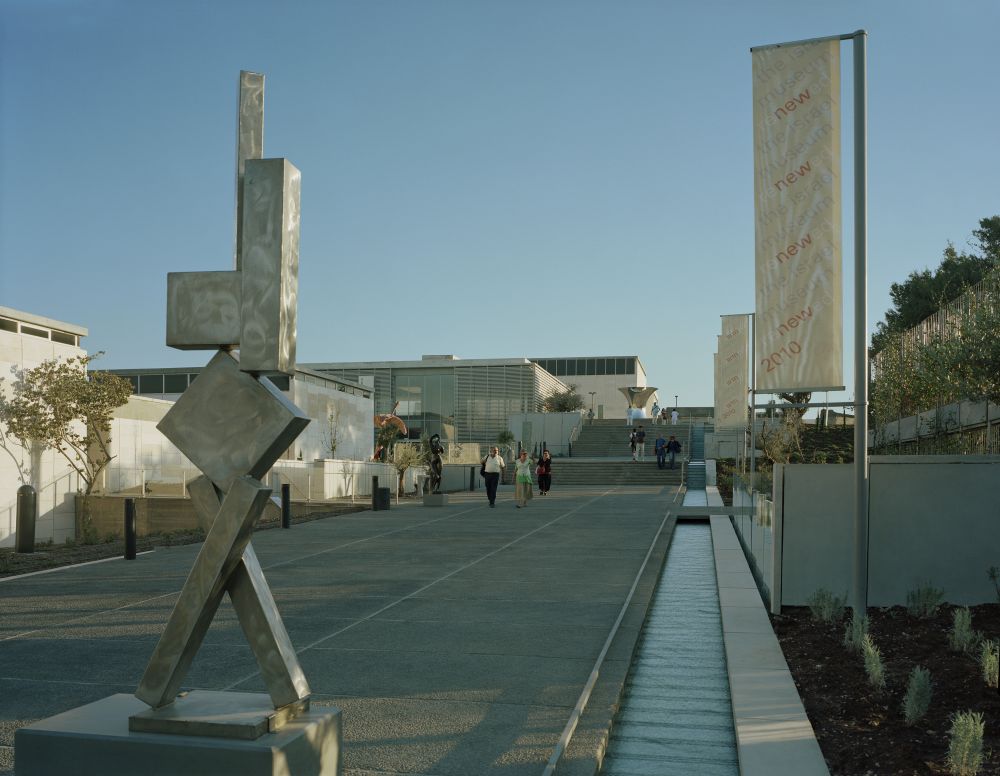
© Timothy Hursley 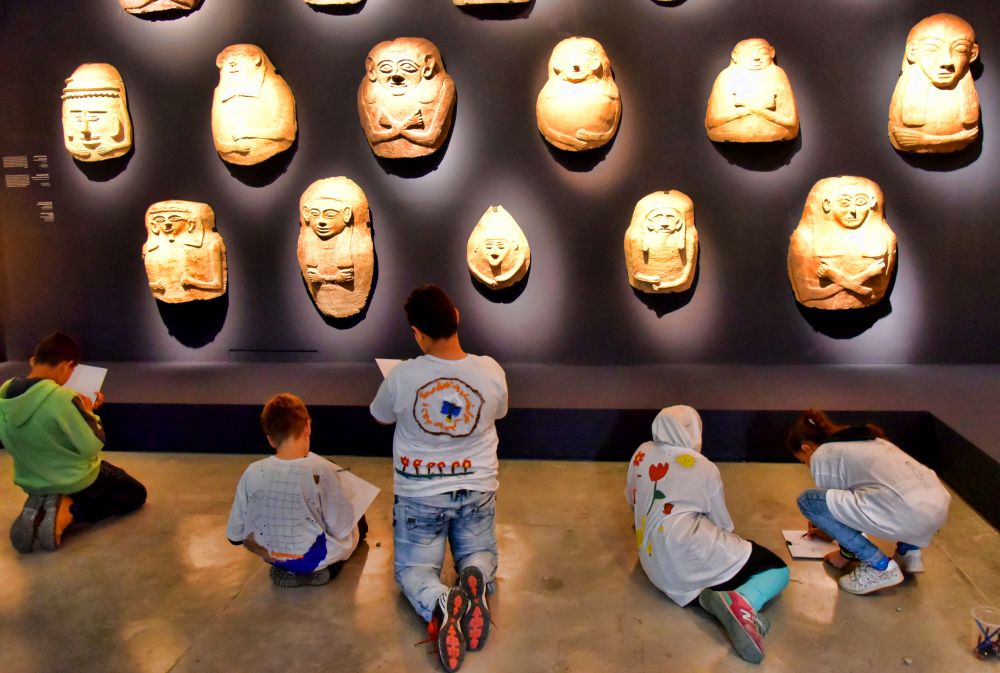
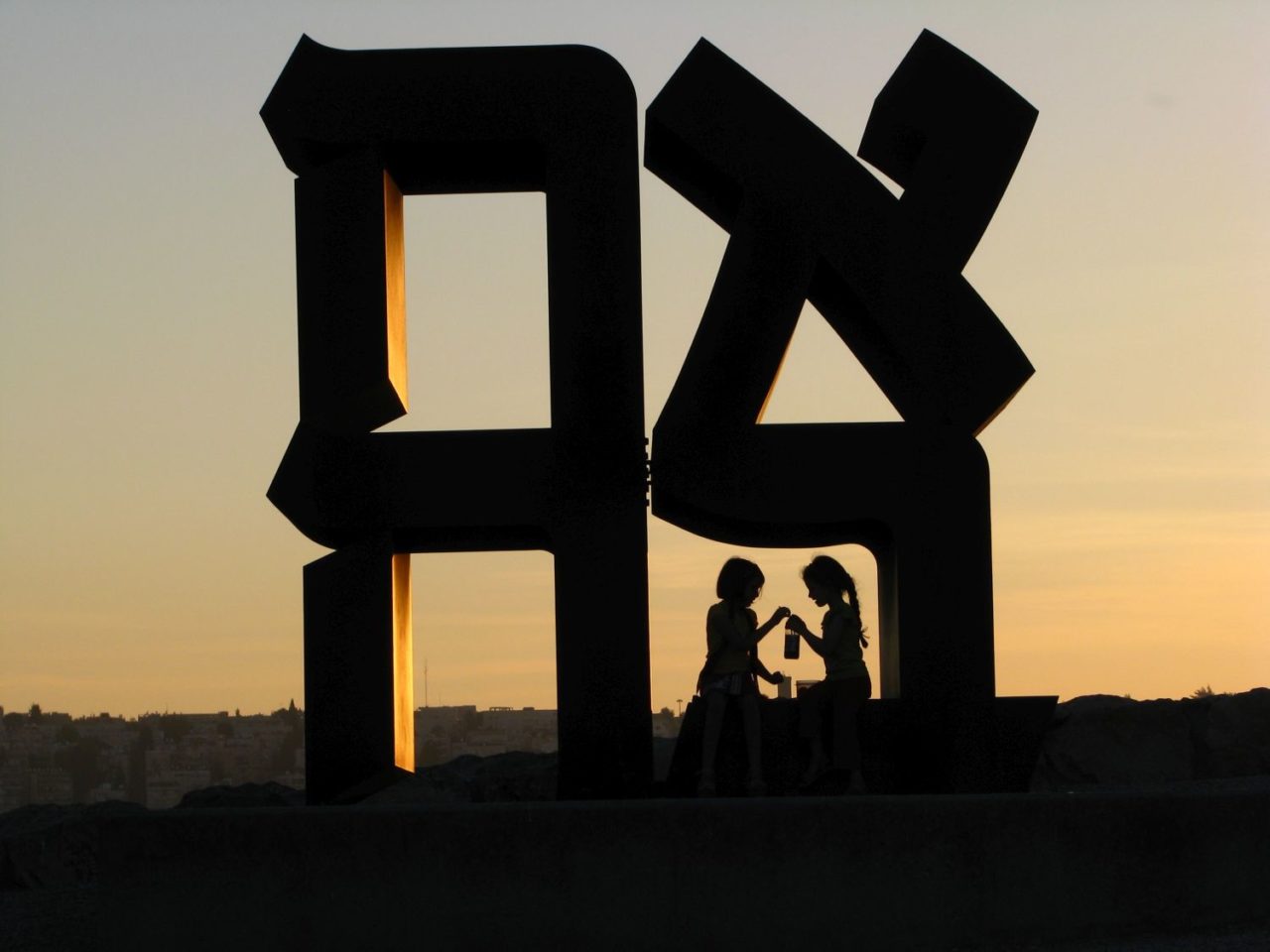
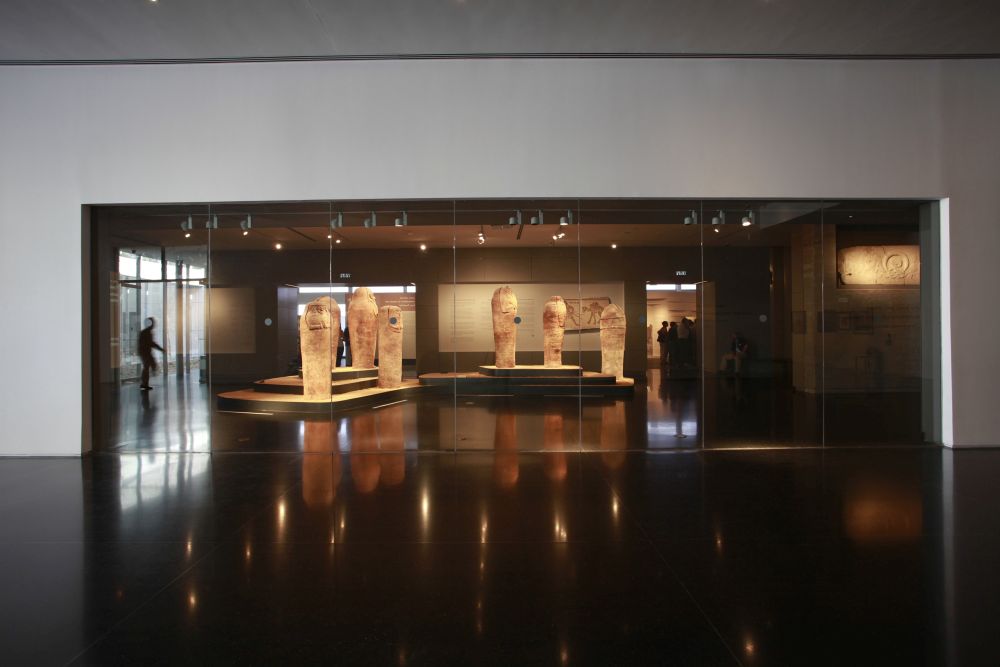
© Yuri Dojc 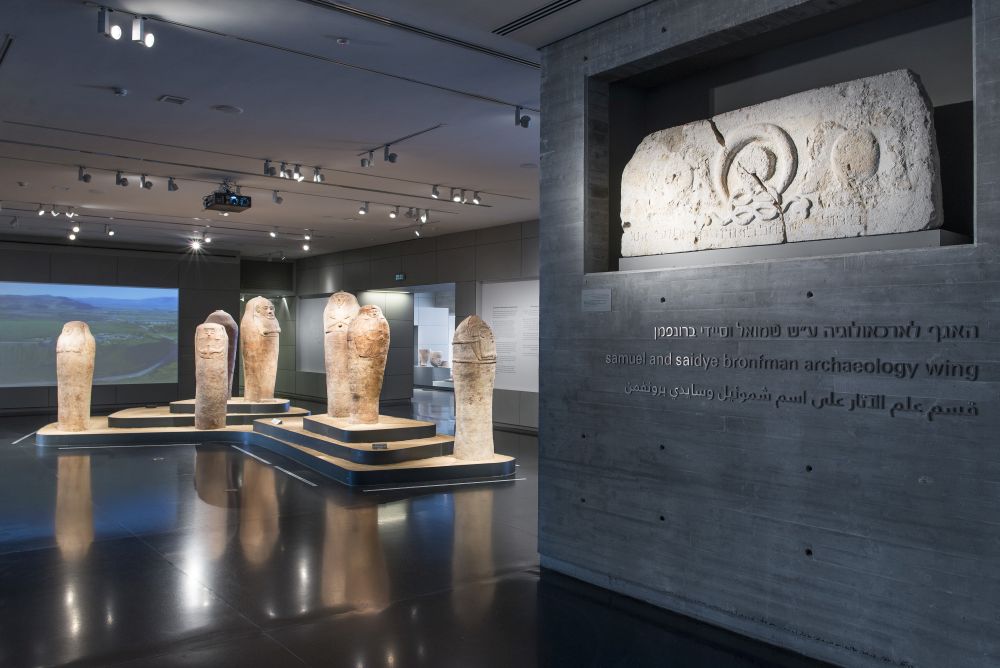
© Elie Posner 
© Timothy Hursley 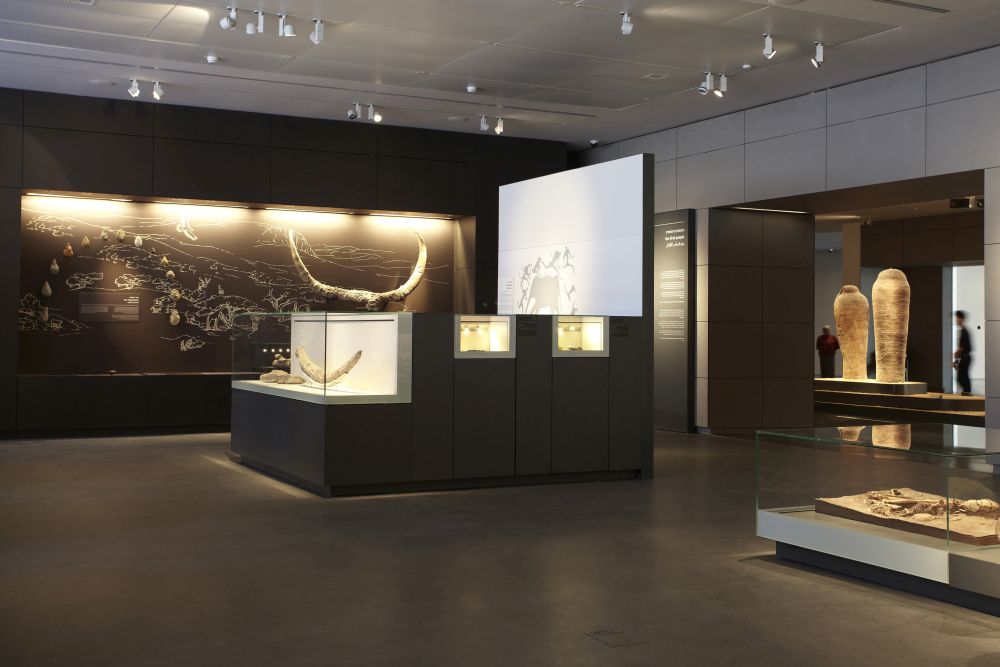
© Yuri Dojc 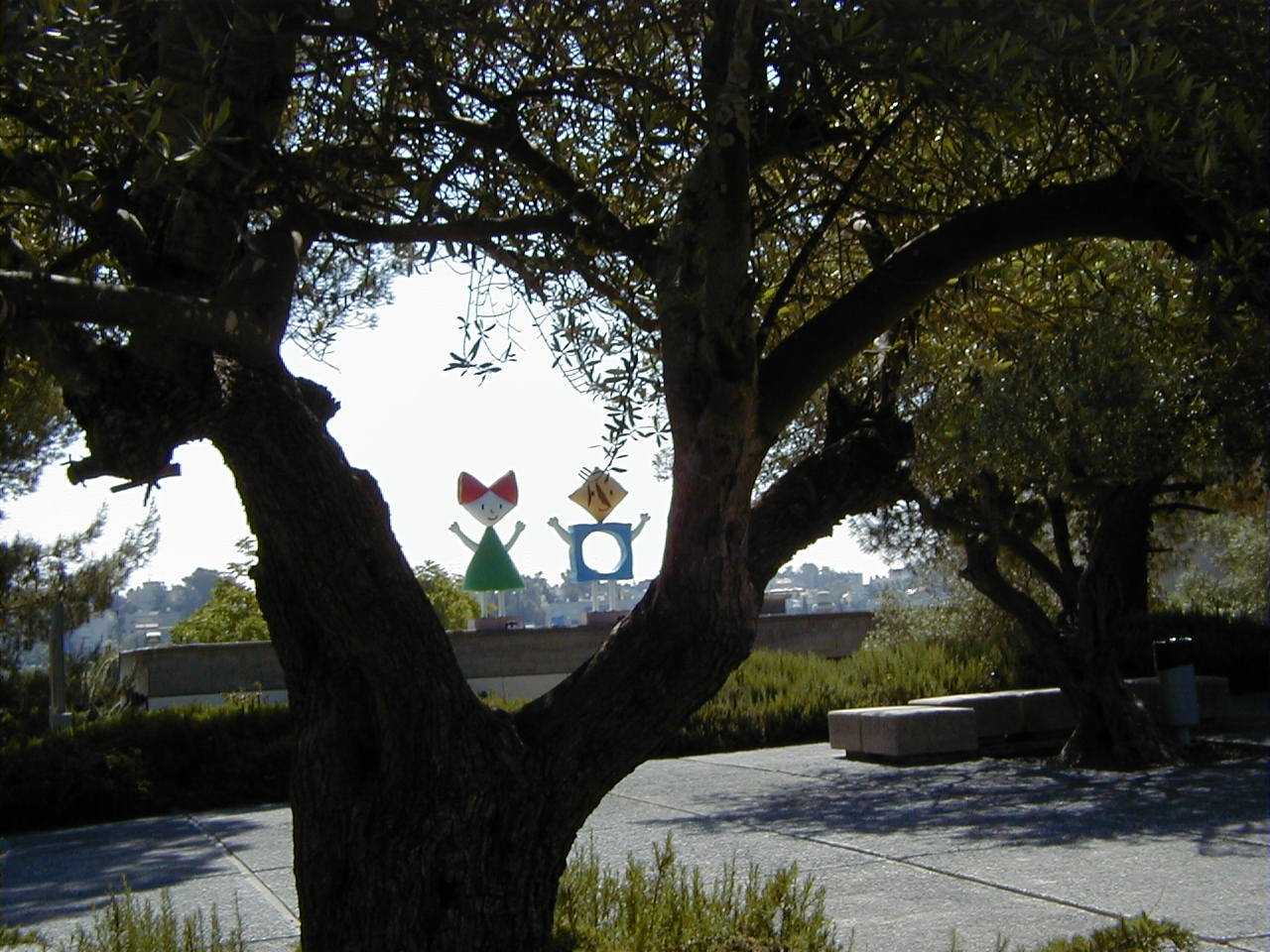
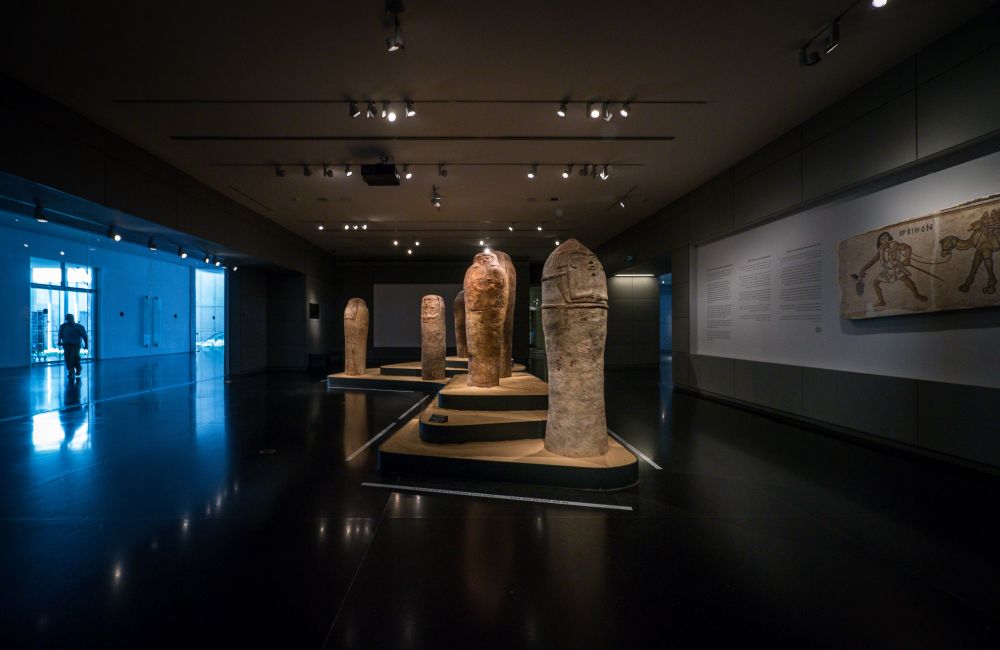
© Itay Sikolski 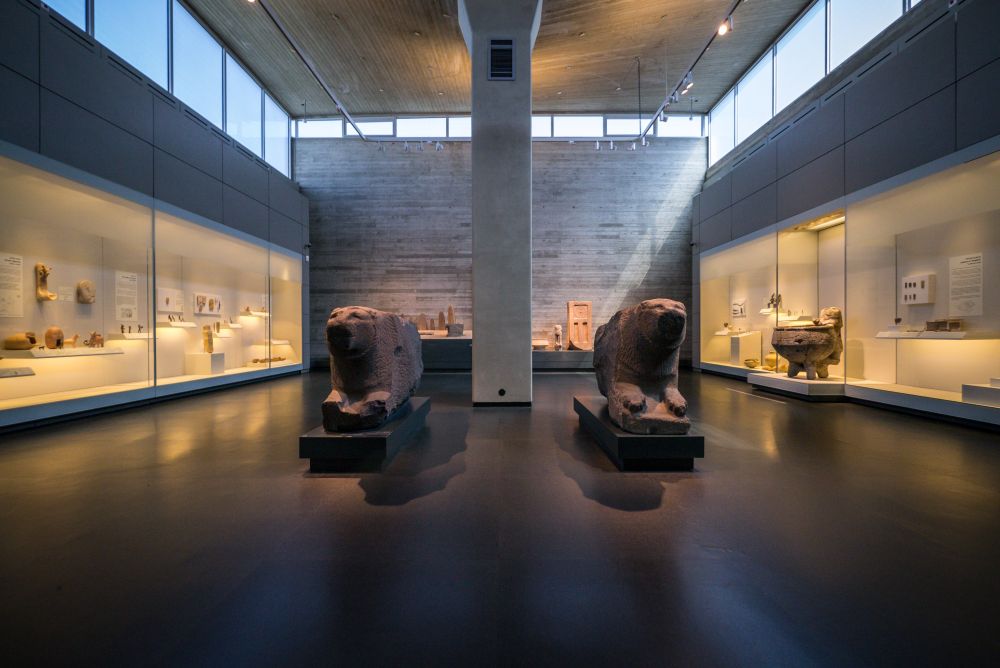
© Itay Sikolski 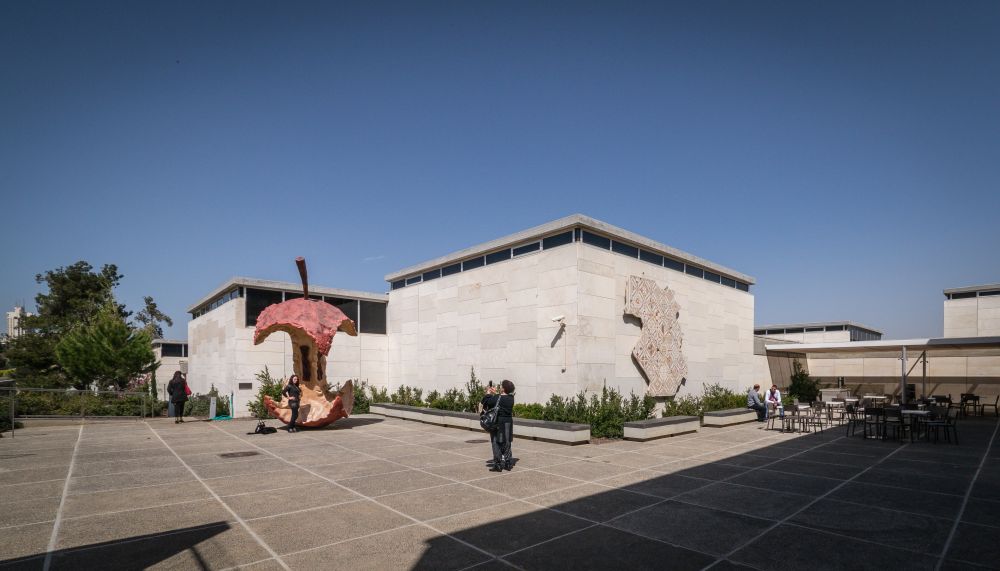
© Itay Sikolski 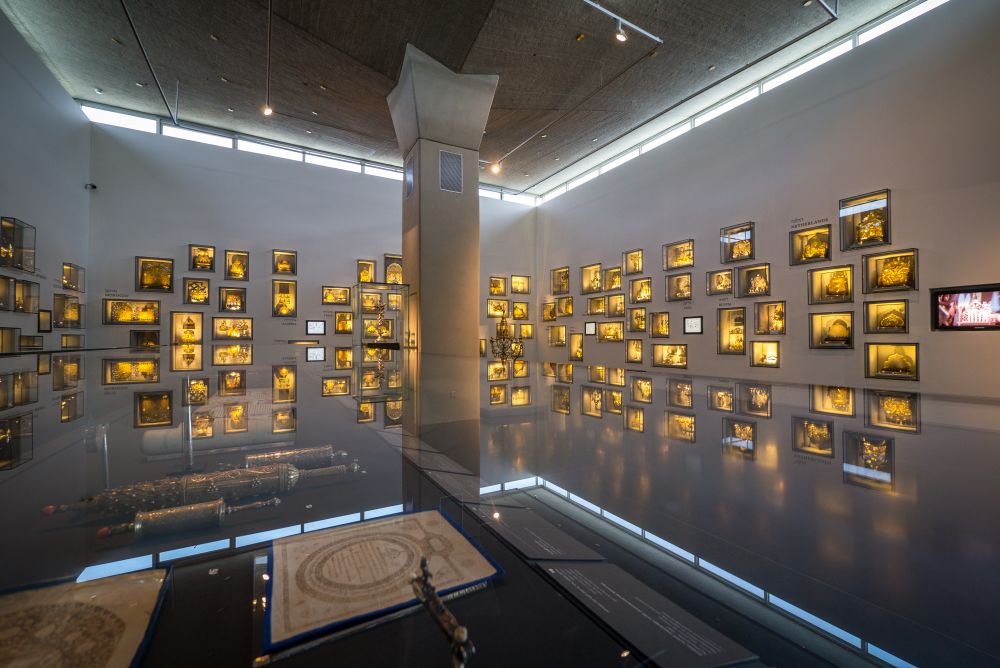
© Itay Sikolski 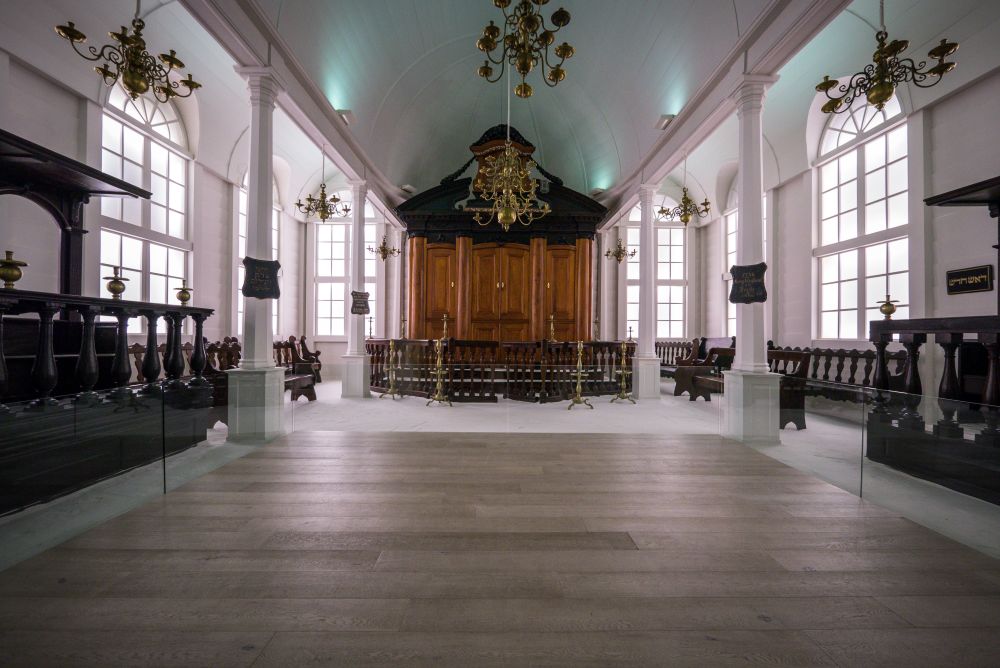
© Itay Sikolski 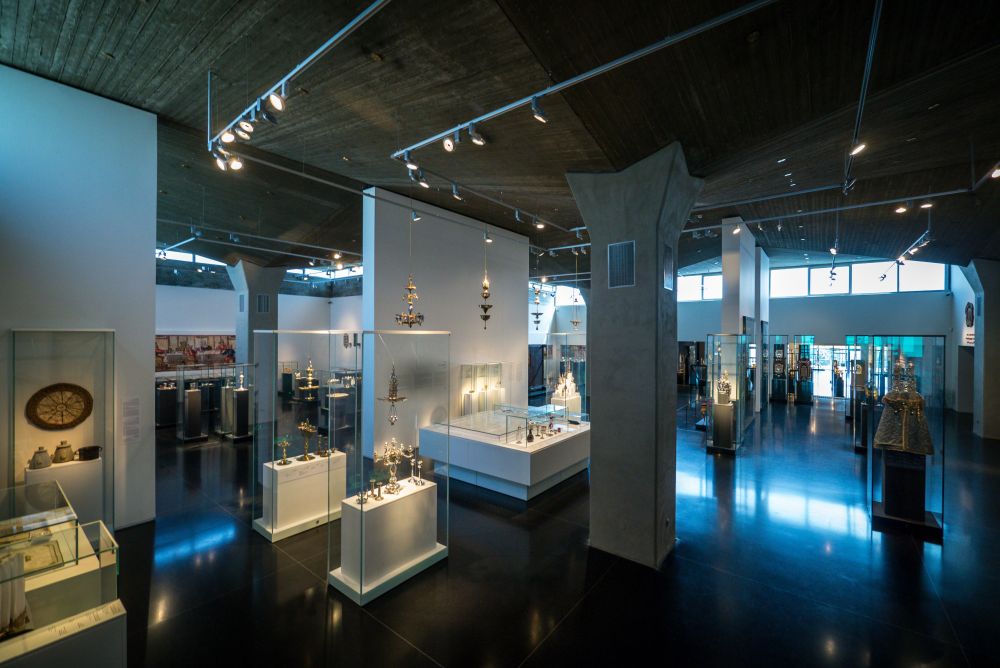
© Itay Sikolski 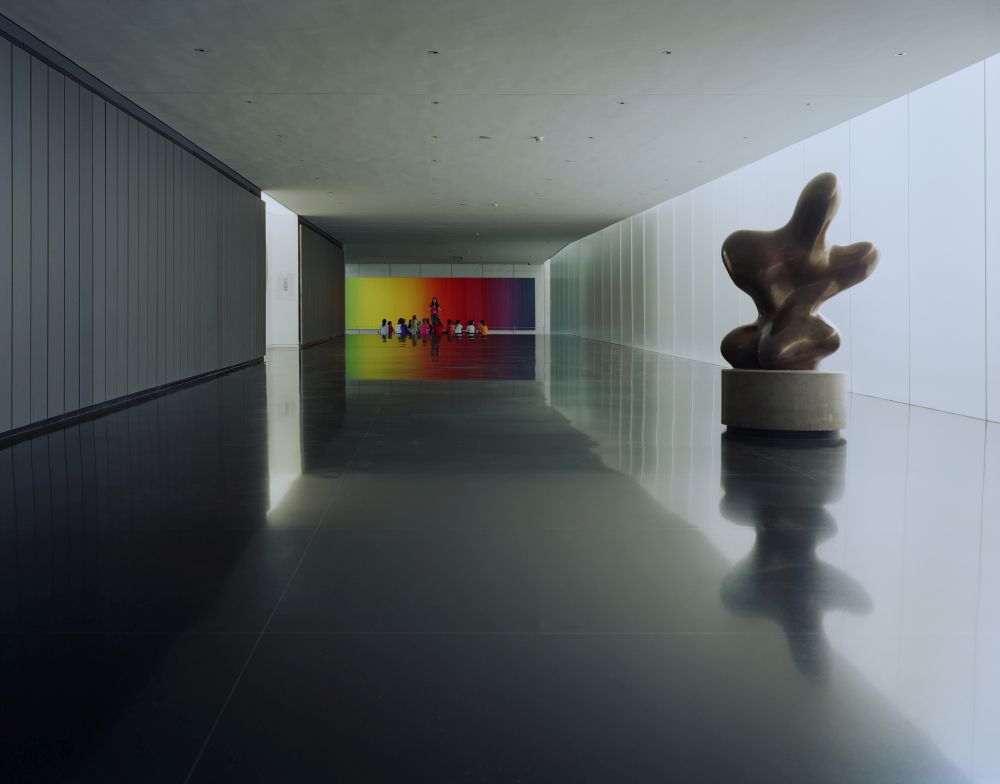
© Timothy Hursley 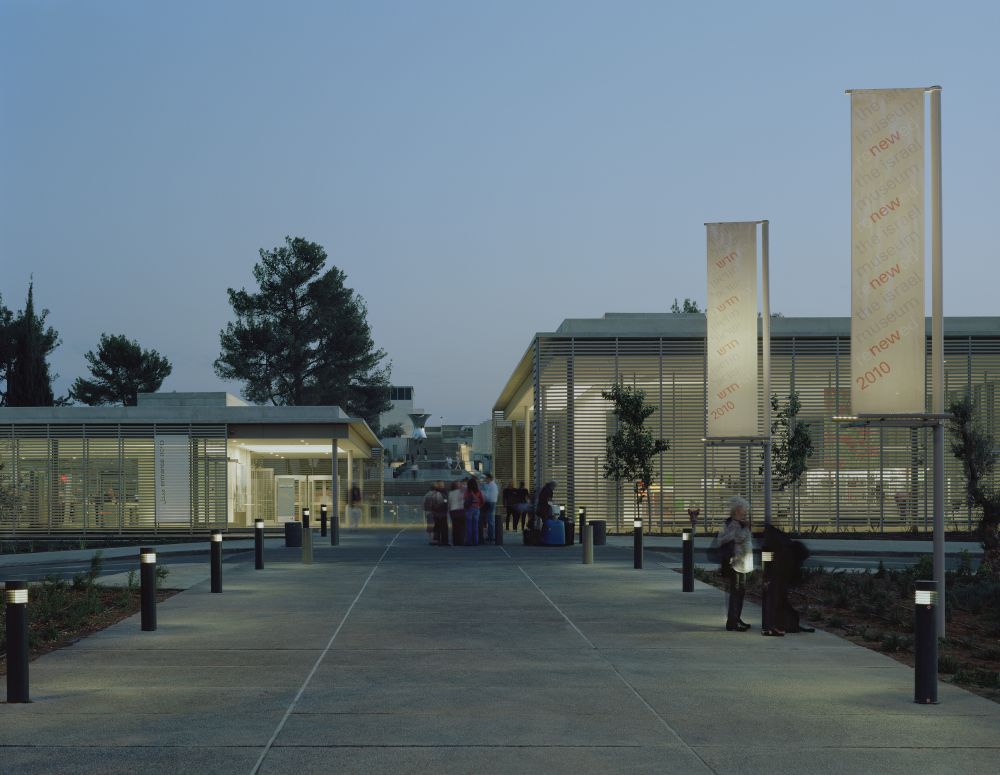
© Timothy Hursley 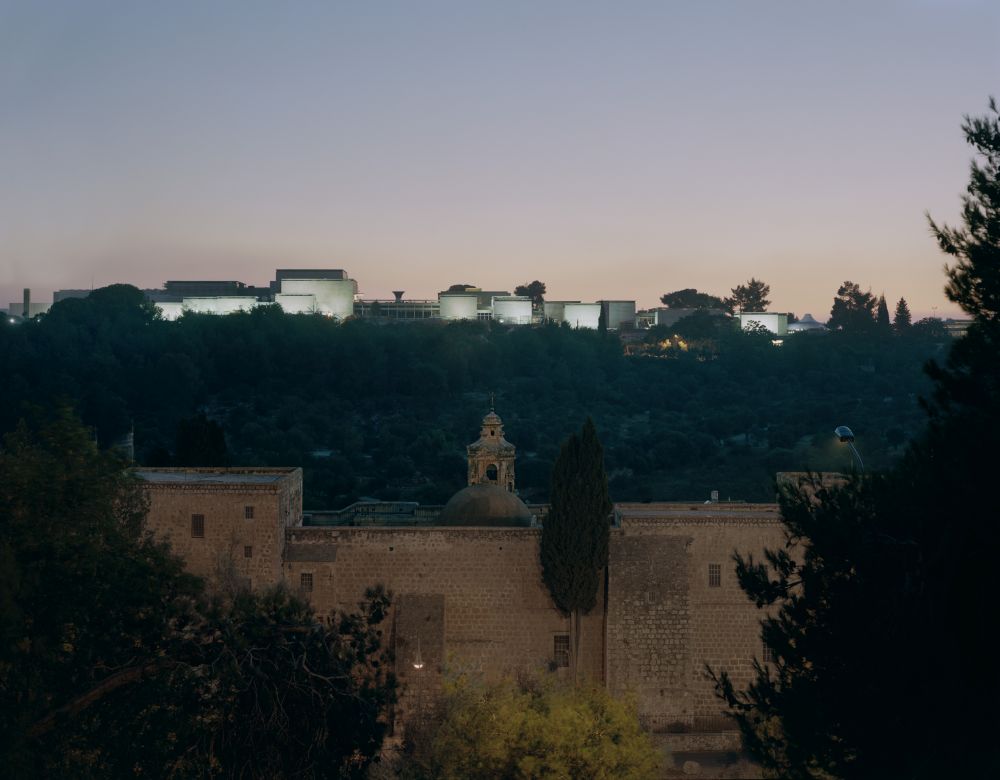
© Timothy Hursley 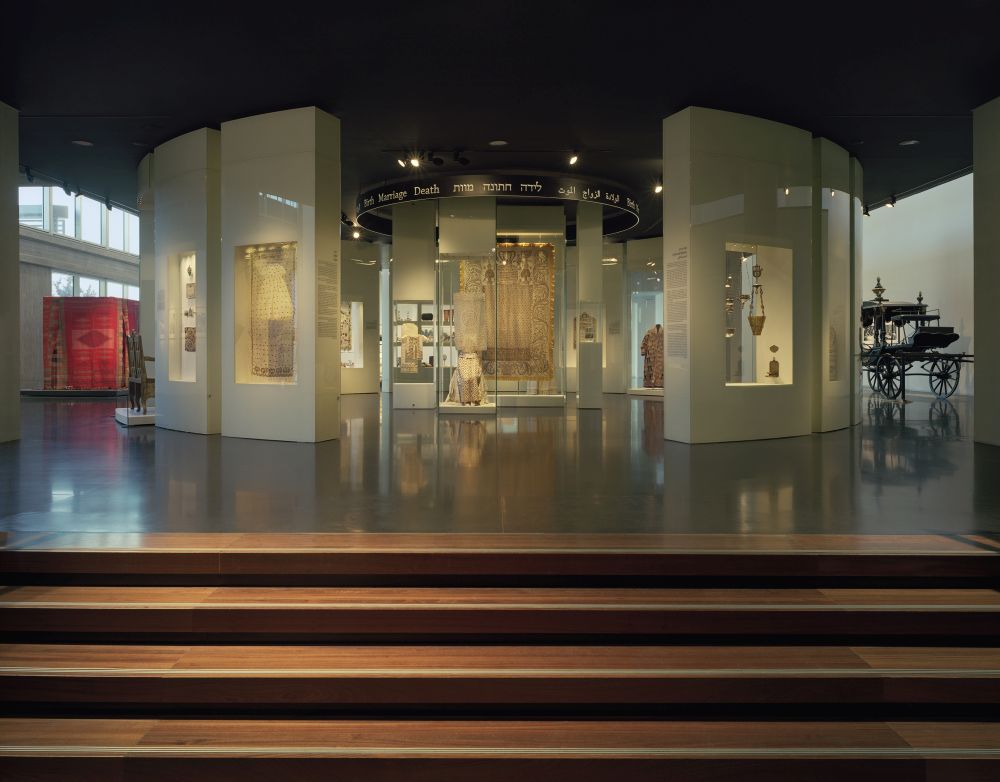
© Timothy Hursley 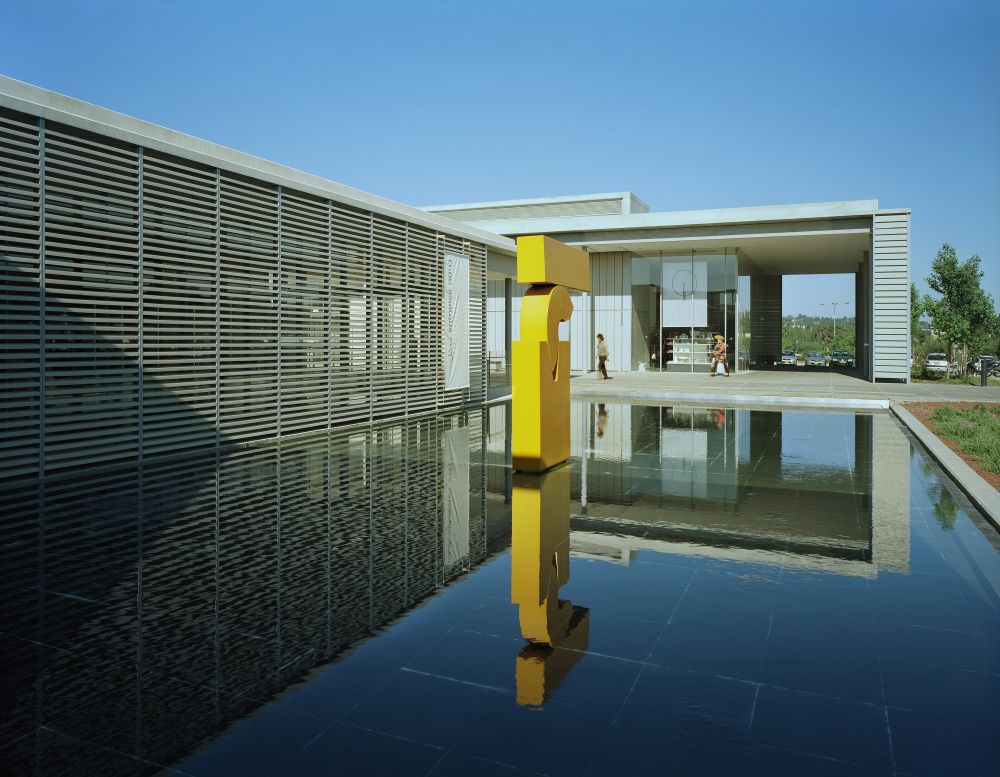
© Timothy Hursley 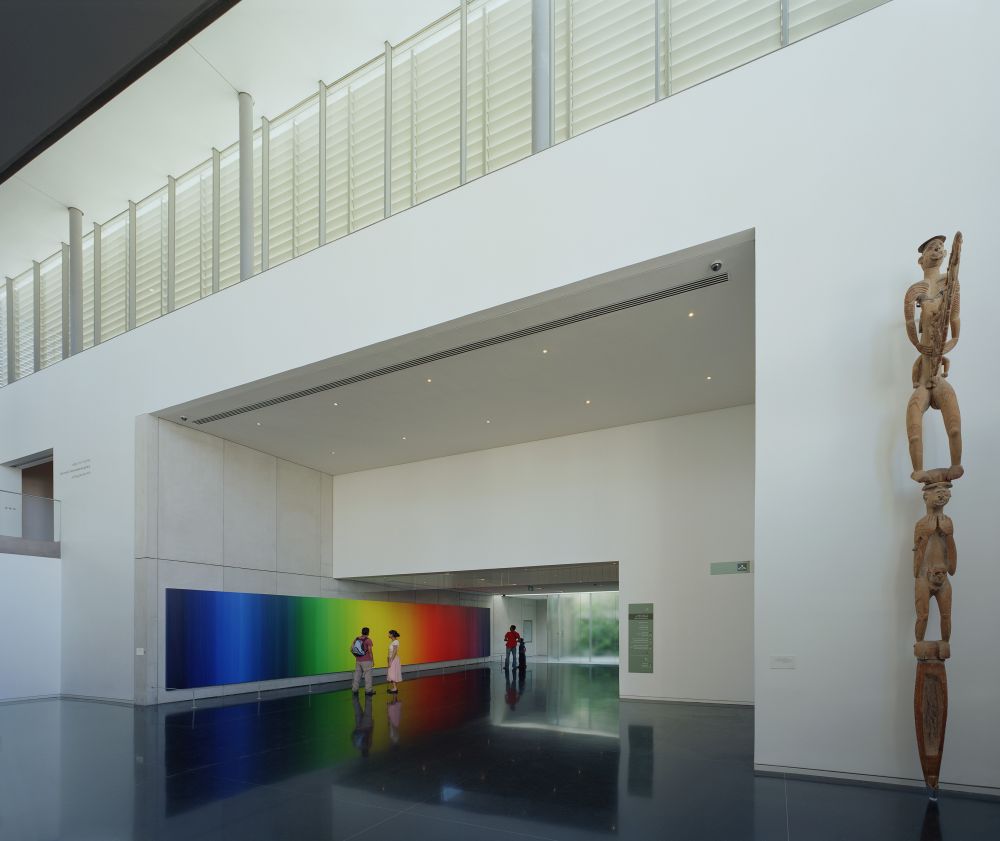
© Timothy Hursley 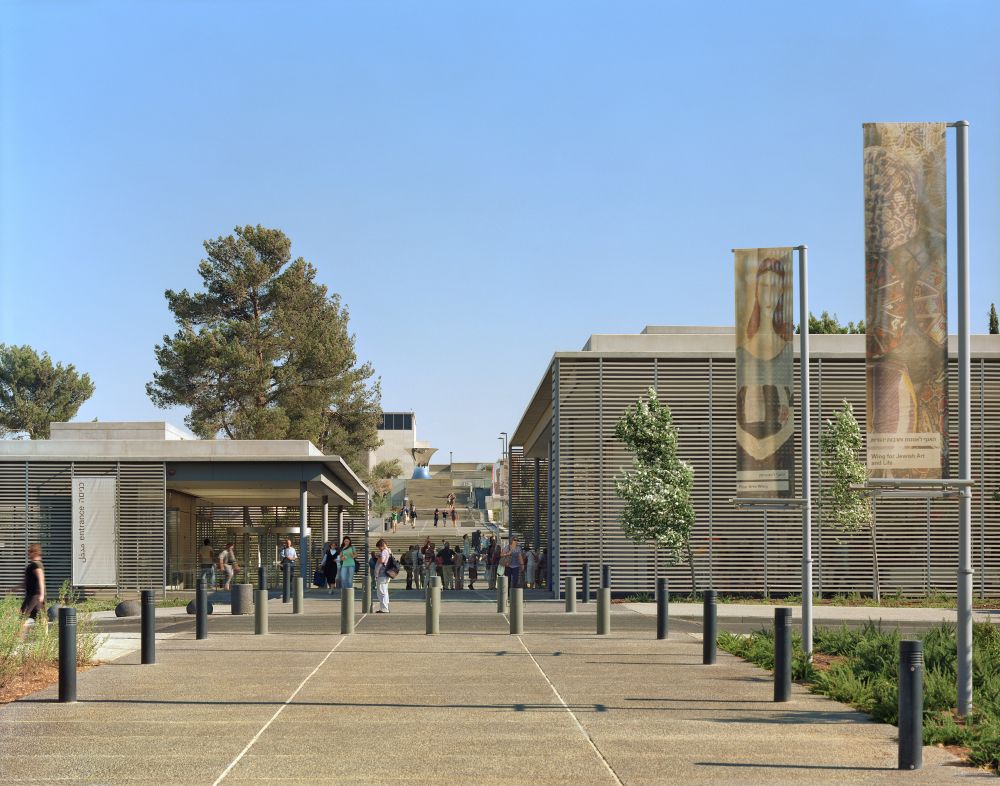
© Timothy Hursley 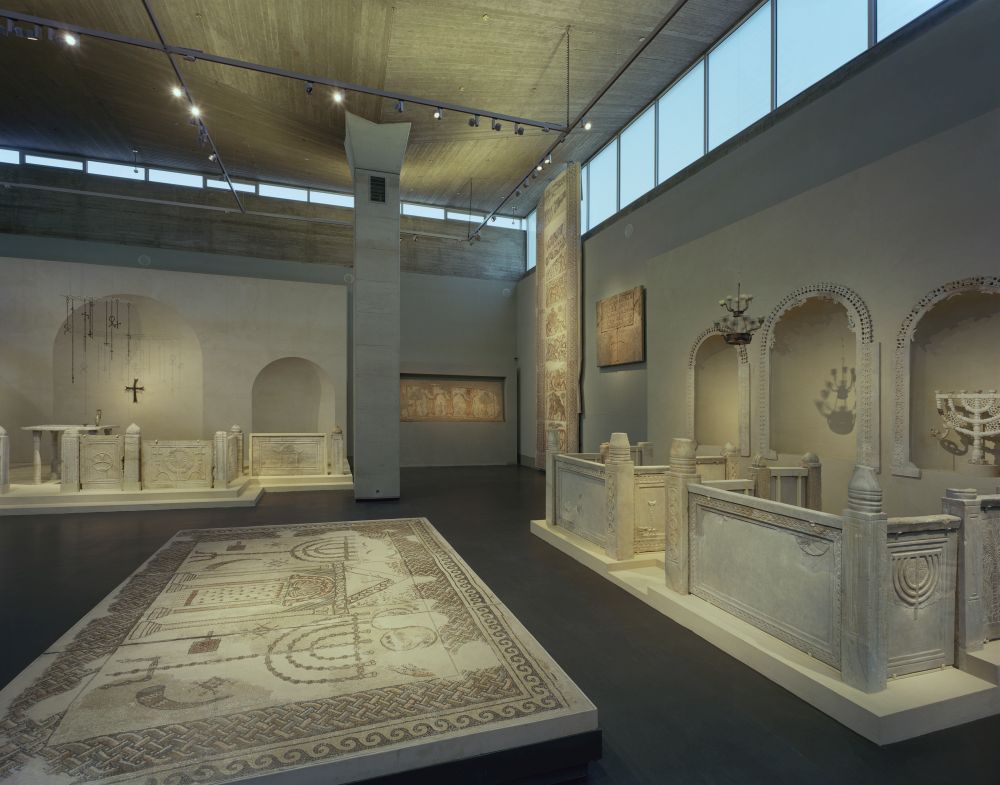
© Timothy Hursley 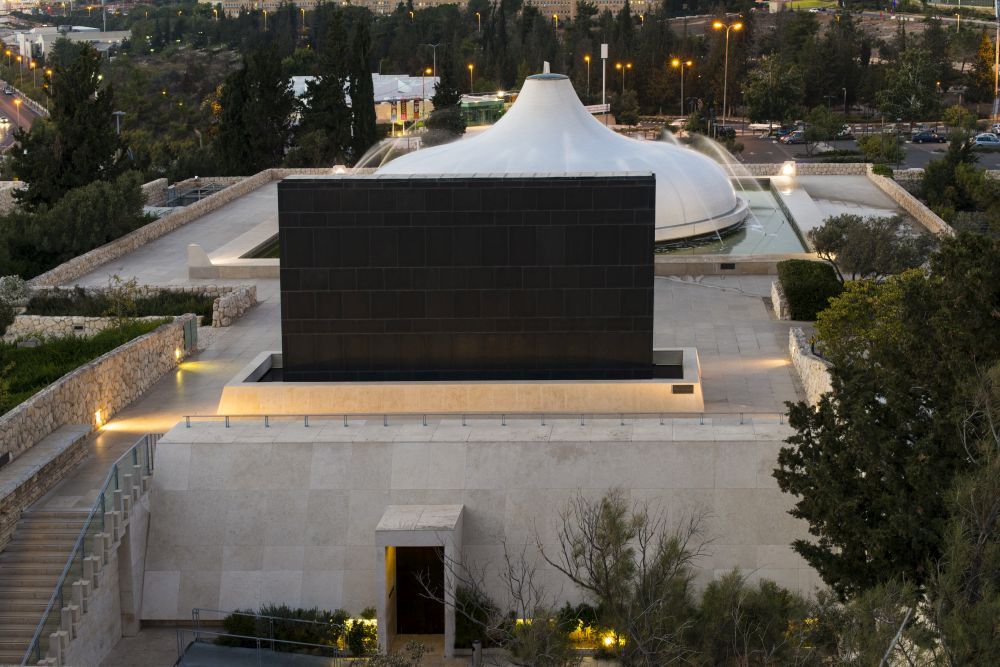
© Elie Posner 
© Andrea Jemolo
ABOUT THE ISRAEL MUSEUM, JERUSALEM
The Israel Museum, Jerusalem, is Israel’s foremost cultural institution and one of the world’s leading encyclopedic museums. Founded in 1965, the Museum’s terraced 20-acre campus houses a wide-ranging collection of art and archaeology of world-class status. Its holdings include the world’s most comprehensive collections of the archaeology of the Holy Land, and Jewish Art and Life, as well as significant and extensive holdings in the Fine Arts, the latter encompassing ten separate departments: Israeli Art; European Art; Modern Art; Contemporary Art; Prints and Drawings; Photography; Design and Architecture; Asian Art; African and Oceanic Art; and Art of the Americas. The campus also includes the Shrine of the Book, which houses the 2,000-year-old Dead Sea Scrolls, the world’s oldest biblical manuscripts; an extensive model of Jerusalem in the Second Temple Period; the Billy Rose Art Garden; and a dynamic Youth Wing for Art Education which provides educational programs for all ages, including more than 100,000 children every year. In 55 years, the Museum has built a far-ranging collection of nearly 500,000 objects through an unparalleled legacy of gifts and support from a wide circle of friends and patrons throughout the world. The Museum also embraces a dynamic program of some 20 new exhibitions a year, and a rich annual program of publications, special cultural events, and online activities which reach out to every sector of the population.
The Bridging the Gap Program: Introduction
The Museum’s “Shared Life” programs include the flagship Bridging the Gap project which brings Arab and Jewish youth together to work on joint art projects. As its name suggests, Bridging the Gap, which is generously supported by our German Friends, utilizes the universal language of art to bring disparate groups together who might not otherwise meet in their everyday life. Arab and Jewish youth meet in the Museum’s galleries and art studios, and work together on joint art projects. All meetings, held in a welcoming, friendly, and safe manner, are conducted in both Hebrew and Arabic. The combination of a warm and safe environment, and a prolonged period of time to explore art and creativity together, fosters mutual understanding, respect, and tolerance. (Text: Rachel Shaul, Director of Development and International Relations)


